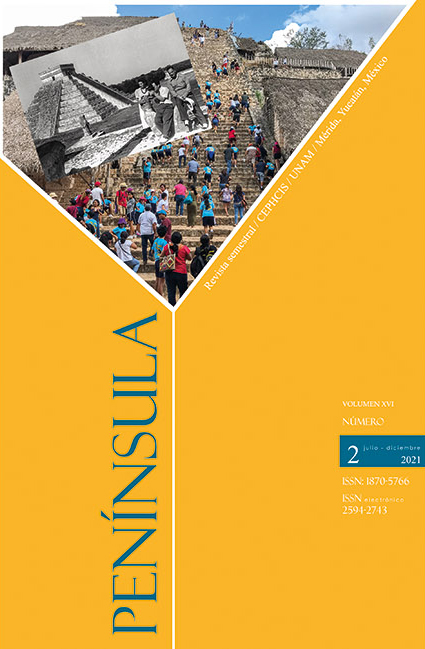Tourist use of archaeological heritage at the Yucatan Peninsula: an approach from stakeholders at Tulum and Coba
Main Article Content
Abstract
Traditionally, the relationship between tourism and archaeology has been always difficult. On the one hand, governments, local communities and tourism companies seek economic benefits from millions of visitors at the archaeological sites, and, on the other, the mass influx of tourists has damage archaeological monuments and cause socio-territorial conflicts. The studies aim to analyze the tourist use of archaeological sites in Mexico from a stakeholder perspective are scares. This article aims to contribute to this literature based on 13 semi-structured interviews with actors involved with the use and administration of two touristified archaeological sites in the Mexican Caribbean: Tulum and Coba. The findings show that public servants privilege the conservation of the intrinsic properties of the archaeological asset while tourist guides, local businessmen and tour operators exalt the extrinsic values, mainly the economic value and aesthetic value. Although the interests of each actor are more oriented towards one end of the conservation-exploitation continuum, none of the discourses can be described as radical. Future studies should propose new collaboration mechanisms between the tourism sector and the conservation of archaeological sites, based on common objectives.
